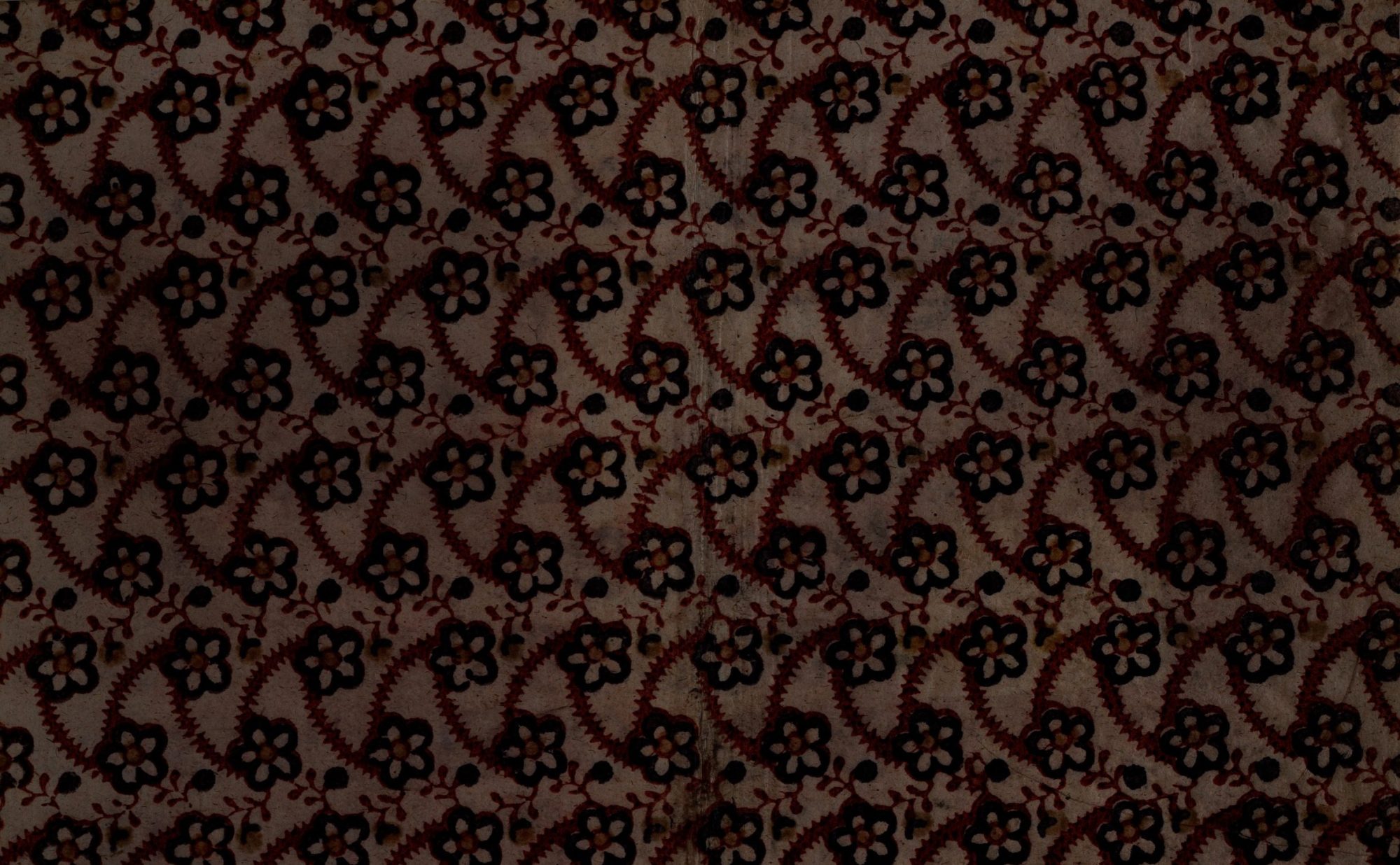Berlin Spring School Abstract
My research brings methods from expanded scenography into dialogue with critiques of public space and placemaking practices, proposing a design-informed methodology for discussing queer placemaking as a collection of social and material practices. In this presentation, I discuss how walking and mapping can be considered as expanded scenographic methods in order to draw attention to the temporal and affective qualities of environments. A scenographic understanding of place is one that hinges on affect and atmosphere, and walking has potential to function as a method through which to examine these affective and scenographic contours. Additionally, as “scenography is not static. It is unfixed and unstable and cannot be experienced from a static position” (Lotker & Gough, 2013:6), walking provides a transient way to experience this unfixedness and imagine new spatial possibilities. From this position, I explore how the ephemera around walking can be considered part of a critical cartographic process, with the potential to map creative representations of place. This could include considering place as a felt phenomenon, engaging with histories and memory, or imagining futures. Through presenting my initial practice-led explorations in walking and mapping, I question what the scenographic, as an orchestration of different materialities, textures, and atmospheres, might offer in terms of developing queer understandings of place and placemaking.
Nic Farr is a LAHP-funded PhD candidate and Visiting Lecturer at the Royal Central School of Speech and Drama. Their research focuses on examining practices of queer placemaking through a scenographic lens. They are also a visual artist and performance designer specialising in experimental and devised work, often made in collaboration with activist or community groups.
